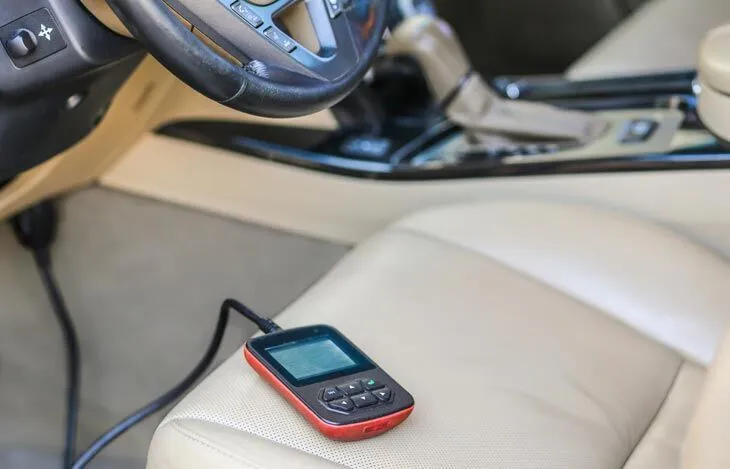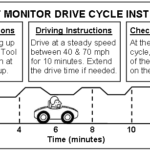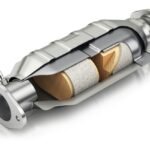Introduction
The catalyst monitor is an important component of a vehicle’s onboard diagnostics system. It helps to ensure that the catalytic converter is functioning properly and reducing harmful emissions. When the catalyst monitor is incomplete, it means that the vehicle’s computer has not yet completed the necessary tests to verify the efficiency of the catalytic converter. This can lead to issues with emissions testing and may even result in a failed inspection. In this article, we will discuss some steps you can take to fix an incomplete catalyst monitor.
1. Drive the Vehicle
One of the simplest ways to fix an incomplete catalyst monitor is to drive the vehicle. The catalyst monitor relies on certain driving conditions to complete its tests. These conditions typically involve a mix of highway and city driving, as well as a variety of speeds and engine loads. By driving the vehicle for an extended period of time, you can give the catalyst monitor the opportunity to complete its tests and update its status.
2. Perform a Drive Cycle
If simply driving the vehicle does not fix the incomplete catalyst monitor, you may need to perform a specific drive cycle. A drive cycle is a predetermined set of driving conditions that the vehicle must go through in order to complete the catalyst monitor tests. The drive cycle can vary depending on the make and model of the vehicle, so it is important to consult the owner’s manual or contact the manufacturer for specific instructions.
3. Check for Fault Codes
If the catalyst monitor is still incomplete after performing a drive cycle, it may be necessary to check for any fault codes that could be causing the issue. A fault code is a specific code that is stored in the vehicle’s computer when a problem is detected. By using a diagnostic tool, you can retrieve these fault codes and determine if there are any issues that need to be addressed. If there are fault codes related to the catalyst system, you can then take the necessary steps to fix the problem and clear the codes.
4. Check for Exhaust Leaks
Exhaust leaks can also contribute to an incomplete catalyst monitor. If there are any leaks in the exhaust system, it can cause inaccurate readings and prevent the catalyst monitor from completing its tests. Inspect the exhaust system for any visible signs of leaks, such as rusted or damaged pipes, loose connections, or sooty deposits. If any leaks are found, they should be repaired or replaced to ensure proper functioning of the catalytic converter.
5. Replace the Oxygen Sensor
The oxygen sensor plays a crucial role in the operation of the catalyst monitor. It measures the oxygen content in the exhaust gases and provides feedback to the vehicle’s computer. If the oxygen sensor is faulty or worn out, it can cause inaccurate readings and prevent the catalyst monitor from completing its tests. Consider replacing the oxygen sensor if it is past its recommended lifespan or if there are any signs of malfunction.
How to Fix Catalyst Monitor Incomplete?
Though there are no one-size-fits-all solutions, the seven-step procedure detailed below might be a straightforward and time-efficient strategy to remedy your issue. Check it out!
- Step 1. Ensure The Engine Warning Light is Off
- Step 2. Verify That The Coolant Temperature Remains Normal
- Step 3. Let The Engine Run Idle for Two Minutes
- Step 4. Operate The Car At A Constant 55 Mph
- Step 5. Reduce Your vehicle’s Speed by 20 miles Per Hour
- Step 6. Continue Accelerating
- Step 7. Stop the Automobile
Conclusion
An incomplete catalyst monitor can be a frustrating issue to deal with, especially if it leads to a failed emissions test. By following these steps, you can increase the chances of fixing the incomplete catalyst monitor and ensuring that your vehicle’s catalytic converter is functioning properly. Remember to consult the owner’s manual or contact the manufacturer for specific instructions related to your vehicle’s make and model.



